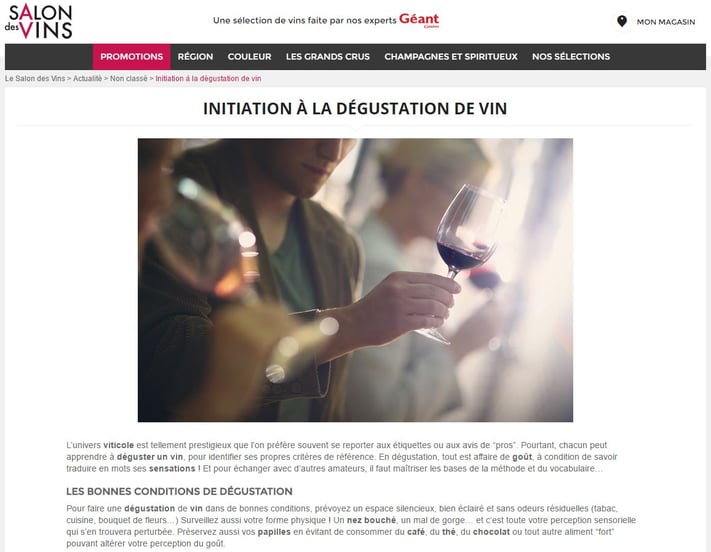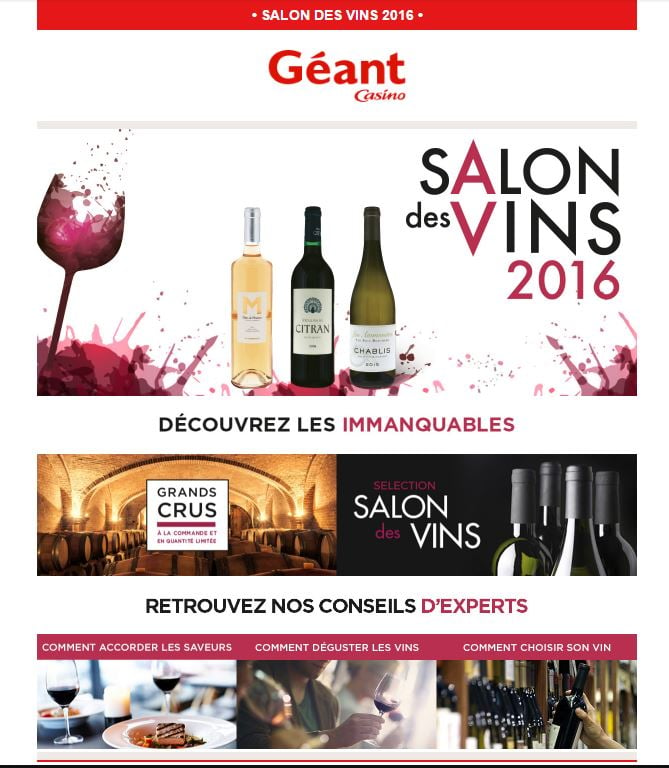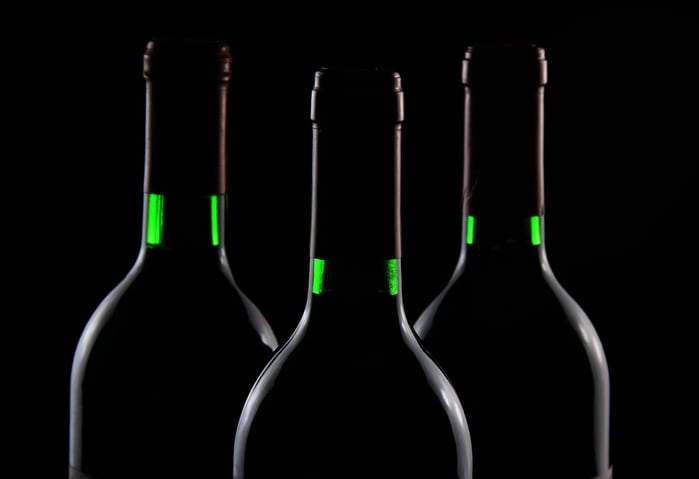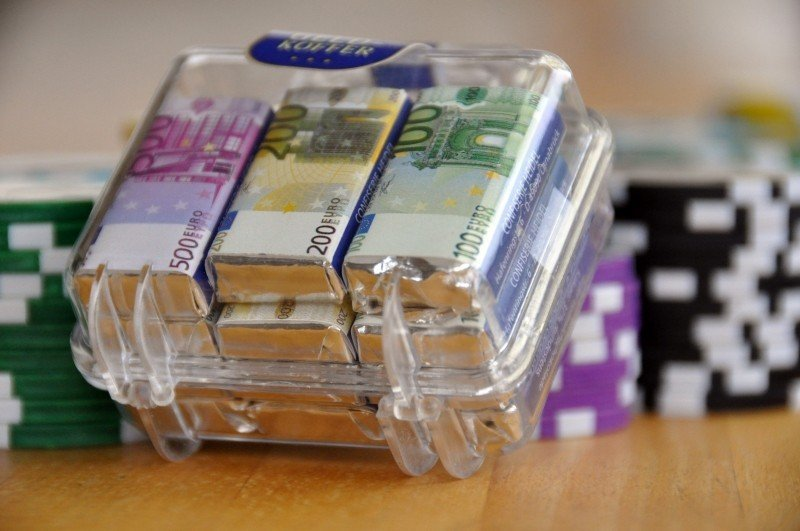When your name is Winegrower and you live in the world's leading wine region, you're bound to have an interest (albeit a moderate one) in wine!"
How do you promote this fabulous product with Inbound Marketing?
"Who knows how to taste never drinks wine again but tastes secrets."(Salvador Dali)
Talking about wine allows you to evoke feelings and share stories. The Inbound Marketing allows you to put forth these strong values around wine to attract visitors.
Your customers are looking for a story first and foremost!
Wine lovers today aren't just looking to buy wine that tastes good, they want to know the history and origins. Where did it come from? How was it produced?
The storytelling is now part of wine producers' marketing efforts.
New digital ideas to get people to discover wine
While two thirds of French people say they consume wine, 88% say they don't know the source of the product they drink and buy blind.
There are now new box formulas new box formulas (Vineabox) where the subscriber receives three bottles at their home each month en accordance with their personality and what they cook.
Each bottle is distributed with a card presenting its story.
This approach requires prior specific work on the Buyer Personas.
Other startups offer apps that scan labels and allow you to immediately order the bottles that appealed at the restaurant.
These "Shazam" of wine (Wine On demand, The wine I love ou Vivino) have thousands of references.
These are apps that are able to deliver relevant product content, to the right person at the right time (i.e., when they re about to enjoy their drink).
These apps do have a usefulness in a Inbound Marketing.

Tradition rime avec digitalisation !
A slow maturation toward digital marketing
A slow maturation toward digital marketing slowly getting into the interactive and digital fad.
But new drinking habits, especially among young people, are worrying winemakers because they are strongly turning away from wine in favor of beer or hard liquor, which have more aggressive marketing.
With wine requiring a fairly long learning phase, young people today take longer than their elders to become interested in it and to consider themselves amateurs. (Emmanuel Delmas, from a thesis "wine and young people" by Julien Zilbermann)
To reach this demographic, as well as discerning enthusiasts always looking for wine discoveries, wine marketers need to go online to find out what their potential customers want.
The example of Cavissima
Cavissima offers wine investments by allowing clients to purchase vins de garde and grands crus and storing them in their own cellars.
The site is a merchant and thus offers online wine purchasing but also advice on buying and reselling wine as well as its conservation or taxation.
The Cavissima blog is rich in content and features a white paper on wine investing.
(Satisfied) customer reviews appear prominently on the site and the company has a presence on no less than six social networks,with great success.
Cavissima is a perfect example of implementing a successful Inbound Marketing strategy in the wine industry.
The example of Géant Casino
Recently, the retail group Géant Casino launched a content campaign based on Inbound Marketing.
He has set up a dedicated site, on which he not only sells wine, but also distills advice about the product.

Example content created by Géant Casino
The site is promoted notably a few days before the opening of the 2016 wine show thanks to an emailing campaign that uses these Inbound communication elements (at the bottom of the email).

Géant Casino's emailing
Inbound Marketing, an original solution to get around the legislation
Wine producers must comply with the Evin law in their digital communication, which can make them fear limitations in the tools used.
Inbound marketing allows you to escape this constraint in part because it is not online advertising but informative non-intrusive content.
The winning bet of social networks
The Social networks remain a great tool for winemakers and wine merchants who find through each platform, a different population.
Facebook allows it to reach a broad audience, while Pinterest brings together wine enthusiasts and foodies.
Social networks allow you to broadcast beautiful photos, to give a glimpse of the harvest season and thus keep in touch with your customers on Facebook, Twitter, Instagram or Pinterest.
Blogging as an educational tool and support for stroytelling
Creating a blog and publishing articles on a regular basis helps attract customers to your site.
It's also a way to inform them of your news, new developments in the world of wine or to inform them of new product releases.
Offer to sign up for a newsletter and your customers will receive in their mailbox, all the news about your operation.
Inbound marketing to promote the wine industry
To build their brand online by creating a trusting relationship with their customers, wine producers can attract more leads and retain customers who will become brand ambassadors through Inbound Marketing efforts.










